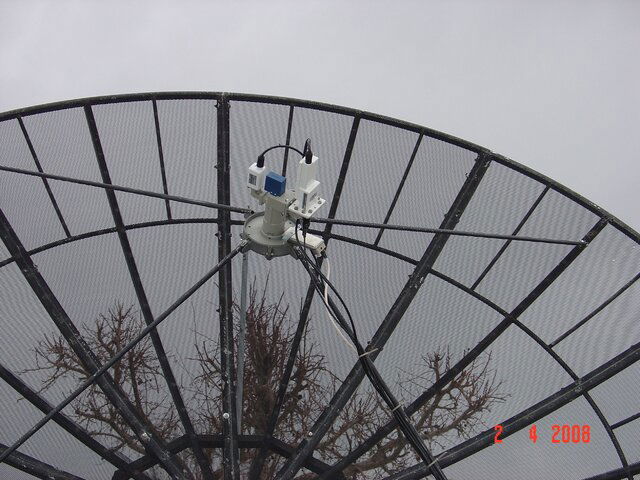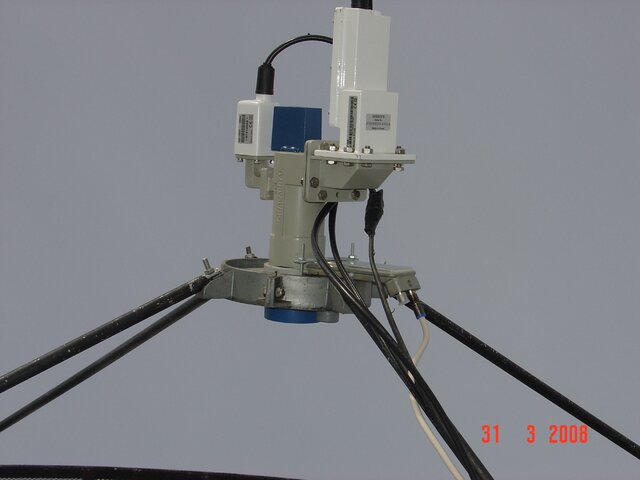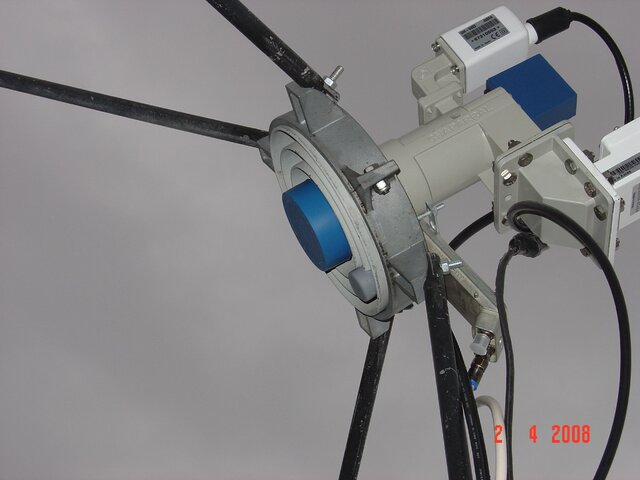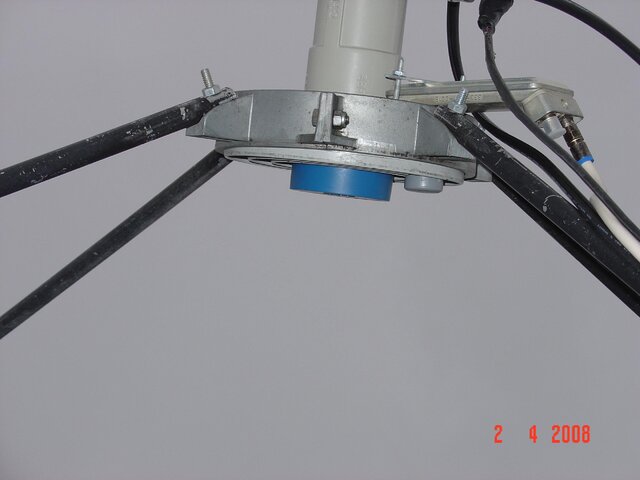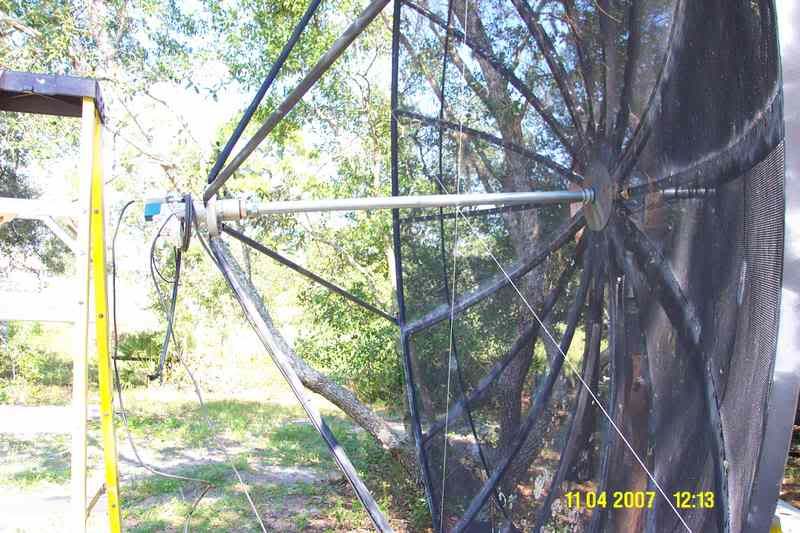Calculated F/D Ratio Versus Actual or what works:
I measured my 12 Foot Dish Diameter last November and it was 145 7/8 inches (145.875 inches). My dish depth = 23 3/4 inches. Using the Formula:
F/D Ratio = D*D/ 16 X d I came up with: 12.15625 X 12.15625/ 16 X 23.75 =
147.77 / 380 = 0.3888. But when I was adjusting my Corotor II LNB I found out that when I adjusted F/D Ratio for 0.38 I couldn't get a signal. When I set F/D back to 0.36 I was receiving the Sat Signals. At that time my declination Angle was at 10 degrees when it should be at 6.61 degrees for my location.
My Question: Now that I have re adjusted my Declination Angle should I try to re adjust the F/D Ratio to 0.38 to get a better Sat Signal?? Any replies would be appreciated.
I measured my 12 Foot Dish Diameter last November and it was 145 7/8 inches (145.875 inches). My dish depth = 23 3/4 inches. Using the Formula:
F/D Ratio = D*D/ 16 X d I came up with: 12.15625 X 12.15625/ 16 X 23.75 =
147.77 / 380 = 0.3888. But when I was adjusting my Corotor II LNB I found out that when I adjusted F/D Ratio for 0.38 I couldn't get a signal. When I set F/D back to 0.36 I was receiving the Sat Signals. At that time my declination Angle was at 10 degrees when it should be at 6.61 degrees for my location.
My Question: Now that I have re adjusted my Declination Angle should I try to re adjust the F/D Ratio to 0.38 to get a better Sat Signal?? Any replies would be appreciated.


